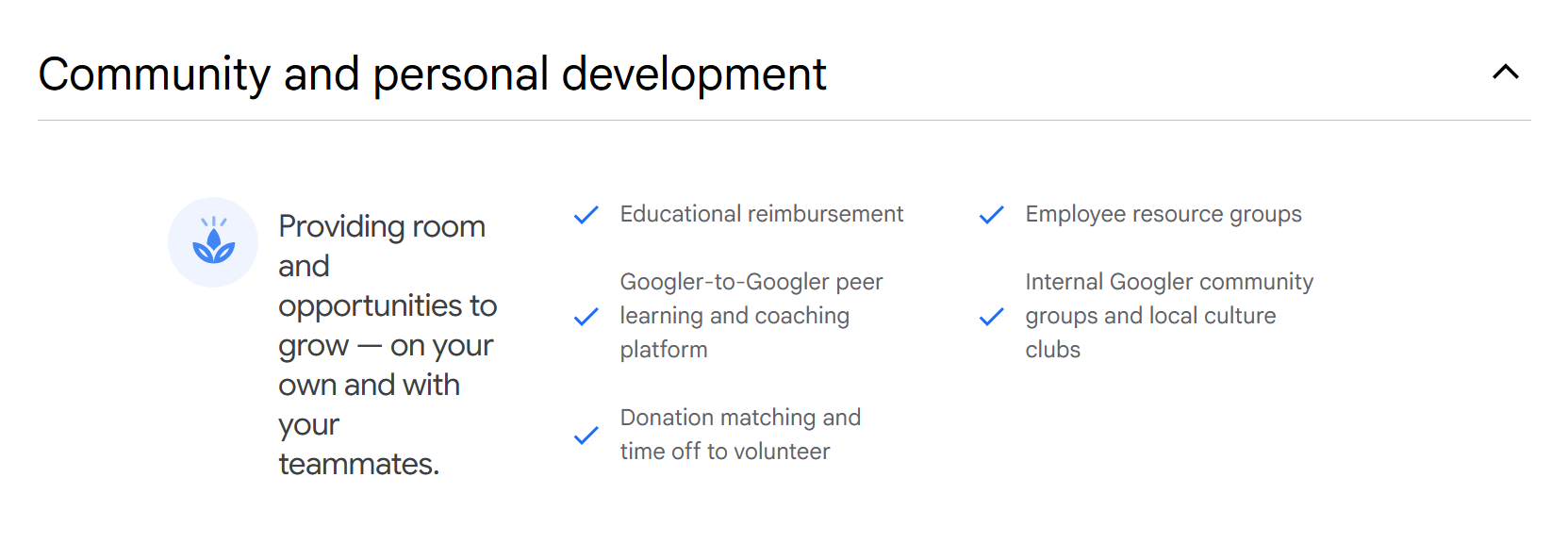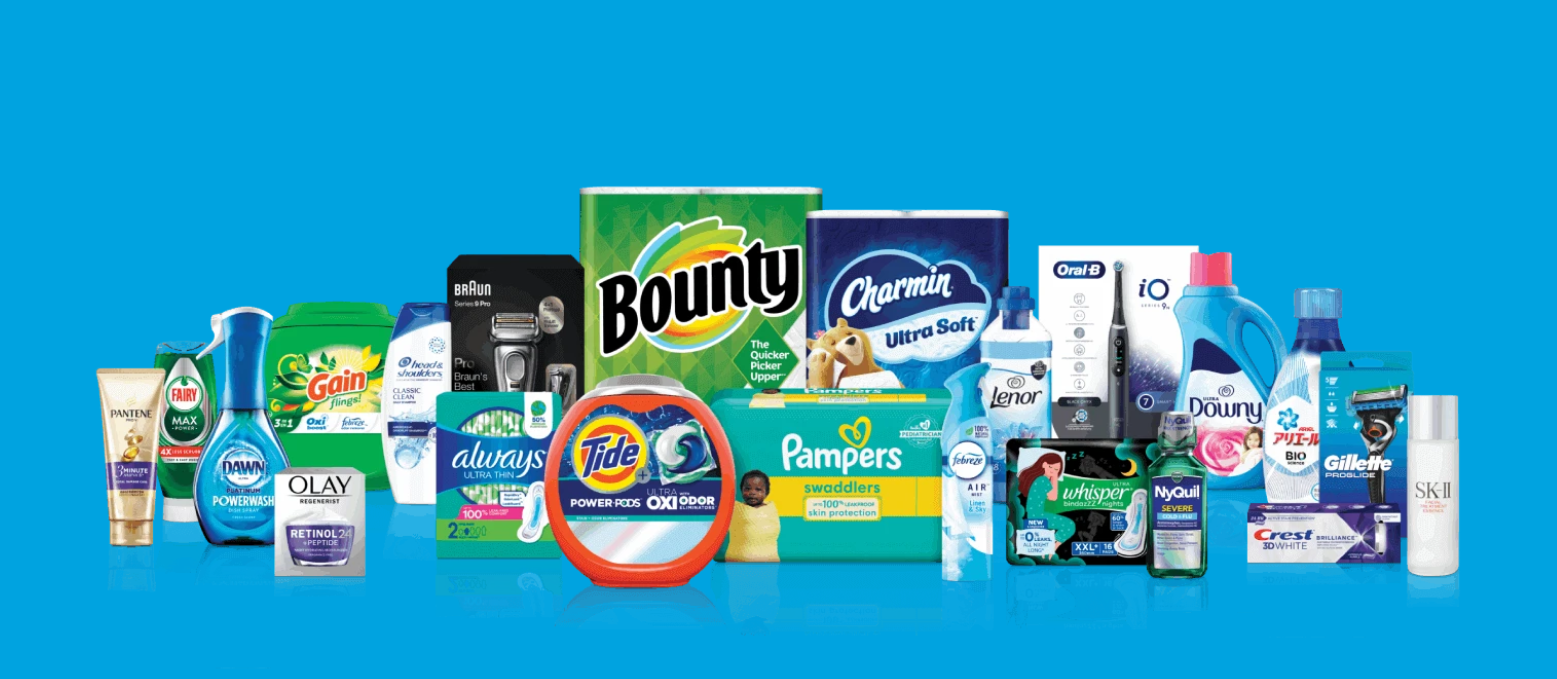Many brands face challenges such as social media blunders, misaligned messaging, and disengaged audiences. Resolving these challenges requires more than hiring a larger team or launching a more effective ad campaign. The root cause is often a lack of mechanisms and systems.
So, how do you take control of your brand without stifling its growth? Through good brand governance.
Understanding Brand Governance
Brand governance brings order to managing multiple branding and marketing efforts on various platforms and channels. It aligns everything and everyone with the brand's identity, values, and goals through explicit rules and guidelines. But brand governance is more than just brand policing.
Good brand governance can create a safe space for teams to express ideas and challenge conventions while staying within boundaries. Done right, it future-proofs the brand by setting protocols to handle potential challenges ahead.

Brand governance brings order and keeps everyone on track for effective branding. Image via Unsplash
Brand governance vs. Brand management
Brand governance is often confused with brand management. While they work in tandem, they serve distinct functions.
Brand management is developing and maintaining a trusted brand identity that leads to lasting customer relationships. This involves designing the brand's logo, messaging, personality, and other elements. Brand governance lays the foundational systems, rules, and policies to ensure effective brand management. It also cultivates an organizational culture perfectly aligned with the brand's values. In effect, everyone can uphold the same standards easily.
| Key aspects | Brand management | Brand governance |
|---|---|---|
| Purpose | To curate a brand identity that resonates and influences perception and customer experience at all touchpoints. | To create long-term coherence, flexibility, and a healthy brand culture. |
| Goals | Create, maintain, and optimize the way a brand communicates its values, vision, mission, and messaging to its audience, fostering brand loyalty. | Ensure consistency and authentic brand representation at all touchpoints. |
| Tools | Digital asset management tools, brand guidelines, and marketing campaigns | Data access, policy management, and brand intelligence tools. |
Without the structured framework and discipline brand governance provides, brand management risks becoming fragmented, leading to inconsistent branding.
Why Brand Governance Matters
Understanding why brand governance matters is important so you can effectively use it across all channels and stakeholders.
Lessens brand inconsistency
Brand governance ensures a consistent brand look, feel, and tone of voice across all touchpoints, so customers recognize and know what to expect. It centralizes brand assets for easy access and sets clear rules and other brand governance documents with examples on using those brand elements. This promotes unified messaging across ads, websites, social media, and other channels.
Optimizes advertising results
With brand governance pushing for consistency, ads are more effective in elevating awareness and memorability. It also speeds up ad creation by streamlining the process through established rules and templates. This helps ads look professional and consistent without wasting time.
Brand governance sets up approval steps to prevent low-quality ads from going public.
Attracts and retains on-brand talent
Strong brand governance results in a well-aligned company with people who know precisely what the company stands for and how it wants to be perceived. This helps attract highly skilled professionals who share the same values and beliefs.
Good brand governance ensures that systems and initiatives are in place to create a healthy work environment. It encourages the creation of clear career paths and recognizes hard work. Good brand governance also entails investing in employee growth by providing further education and training.
Ensures adherence to rules and legal regulations
Brand governance involves taking all necessary measures to protect the trademark and ensure its proper use. If someone attempts to copy Google's logo, brand governance establishes legal guardrails to prevent such actions and penalizes those who do so. Brand governance also ensures that no unauthorized changes to brand assets, like colors and typography, may violate copyright or trademark laws.
Components of an Effective Brand Governance Framework
Before you can implement rules, you'll need key branding components in place.
Brand positioning and differentiation
Brand positioning refers to how you want your company to stand out in the market. To do that, you'll need clear product differentiations that highlight unique features your brand can offer. These tell potential customers why they should choose you over others.
In a brand governance framework, brand positioning and differentiation guide all brand decisions. Because of this alignment, a brand can build trust and loyalty more easily.
Brand guidelines or style guides
Brand guidelines or style guides are crucial components of the brand governance framework. They cover the dos and don'ts of using brand assets like logos, fonts, and colors. These rules ensure that the brand is presented the way it should be across all marketing channels for a unified visual identity.
Brand architecture
A brand architecture is the blueprint or roadmap that illustrates how a company's sub-brands, products, and services relate. This makes it easier for customers and stakeholders to understand and recognize the brand hierarchy and relationships.
Governance policies and processes
Policies and processes help maintain a brand's consistency, ensuring it remains recognizable to its audience. They also protect the brand's reputation by establishing rules that prevent others from misappropriating its identity.
On the brand operations side, transparent processes ensure everyone knows who approves changes and how to provide feedback.
Employee involvement and training
When there's high collaboration in brand building between different departments, they are more likely to care for the brand instead of unthinkingly following rules. The whole company shares responsibility, making employees more engaged and motivated.
As part of effective governance, brands should invest in employee training and brand ambassador programs. This helps elevate skills, sharpen brand knowledge, and incentivize staff to advocate for the company.

Employees are given opportunities to grow through enrichment programs via Google
Brand Governance Team: How to Build One?
The team behind brand governance sets the rules to protect the company's interests. If something goes wrong, they have to find solutions quickly. Without a strong team at the helm, the brand becomes weak, people get confused, and customers leave.
But that's preventable. Here are some tips on how to create your brand governance team.
Get one from each department
An effective brand governance team is diverse, with people from various backgrounds and skills who can benefit your brand. That's why it's essential to hire one member from each department.
Now, who can they be? Consider recruiting members from the design, marketing, legal, customer service, and product teams. With their expertise in various fields, you've got yourself covered. You can also have one member from the leadership team—CEO, COO, and so on — to keep the big-picture vision in check.
Define clear roles and responsibilities
Now that you know who's on your team, you will need to define their roles and responsibilities based on their skills and experiences.
For instance, you can delegate brand design rules and processes to your design members. Legal can oversee copyright and other regulations, while customer service handles the rules governing customer complaints and inquiries. You get the gist!
Having a straightforward approach to individual duties and responsibilities ensures the team works towards a single, unified goal.
Choose a governance approach
How you govern your brand depends on factors like your brand goals, size and structure, industry, and risk tolerance. Assess the level of flexibility or consistency you need and align with your audience's expectations.
Here are the main brand governance approaches to consider:
- Centralized governance: A single brand manager makes all brand decisions to ensure uniformity. This is ideal for brands or companies where consistency is paramount, but not for startups or rebellious brands that require flexibility and diversity.
- Decentralized governance: This type of governance encourages autonomy across different brand managers, as long as all decisions remain within established boundaries and brand guidelines. You'll see this implemented among global brands that need to appeal to local markets.
- Hybrid governance: The brand managers adhere to core rules, but other brand elements can be adaptable as needed. For example, designers can play with different visual styles as long as core brand assets are maintained.
- Laissez-faire governance: In this approach, the brand rules are minimally adhered to, allowing brand managers to do what they think is best. This governance approach is excellent for businesses still finding their footing or with a small team.
Remember that your approach will change over time as your circumstances change. Therefore, periodically test your brand governance strategy and adjust it as needed. You can also consider hiring branding companies to get you started.
Examples of Brand Governance in Action
Many large companies we see today have endured for so long in the market due to effective brand governance. Let's look at how this manifests for P&G and The LEGO Group.
P&G master data management

Procter & Gamble (P&G) governs over 65 brands with the help fo Master Data Management. Image via P&G
Master data refers to information about customers, suppliers, and employees that helps inform a company's decisions. With master data management (MDM) in place, a company can efficiently govern its data, ensuring it is accurate and reliable.
Procter & Gamble (P&G) is a global brand that operates across various systems and teams, which can be challenging to manage. This led the brand to establish a governance framework centered on master data management. This framework helps P&G ensure everyone uses the correct data across all teams.
P&G assigns data stewards responsible for ensuring data quality and resolving issues promptly. The brand also utilizes DataTrust software to scan for errors and inconsistencies, saving time and minimizing human errors.
The LEGO Group’s decentralized brand governance
LEGO is present worldwide, which means it could be a challenge to maintain a single brand while creating a flexible space. That's why LEGO decided to decentralize its branding. Instead of one big boss controlling everything, smaller teams worldwide help make decisions while observing LEGO's rules and values to keep the brand's identity clear and trusted.
LEGO teaches us that brands should aim for a balance between control and creative freedom. The brand also goes back to its built-in values, guiding every product development and brand campaign.
Measuring Impact: Is Your Brand Governance Working?
You know your brand governance works if people can recognize and trust your brand. There is also consistency in how your brand looks and feels, and people say nice things about you. Finally, effective brand governance leads to increased sales.
Below are key metrics to ensure your brand governance strategy remains effective.
1. Brand Awareness metrics
Brand awareness provides insights into how well your target audience recognizes and remembers your brand. It can be determined by examining your brand recall rate, social media mentions, website visits, and search volumes.
2. Compliance rate
This measurement indicates how well a company adheres to the rules outlined in its governance framework. The compliance rate ensures everyone aligns with the brand identity, vision, and goals. For example, if 50 brands use (ads, websites, social media content, and other brand materials) and 40 follow the rules, the brand compliance rate is 90%.
3. Incident reports
Incident reports refer to notes when something unexpected or negative occurs, such as customer complaints, brand misuse, or security issues. Tracking incident reports can indicate whether the brand governance is strong or needs improvement to protect the brand reputation and keep customers satisfied.
4. Audit scores
Audit scores reveal a company's brand, stakeholder feedback, and brand management performance. These are checked through surveys, reviews, and data analysis. A high audit score indicates that the brand is trusted, while a low score can suggest problems that harm the brand's reputation.
Conclusion
Effective brand governance is a huge factor in attaining a strong, consistent, and cohesive brand identity without hindering creativity and growth. With a dedicated team and efficient rules and processes, a brand can optimize its marketing efforts, attract top talent, and foster customer trust and loyalty.
Ready to take the next step? Work with a trusted branding firm that can help you implement modern brand governance that champions collaboration between brand teams over strict control.
Jul 28, 2025
